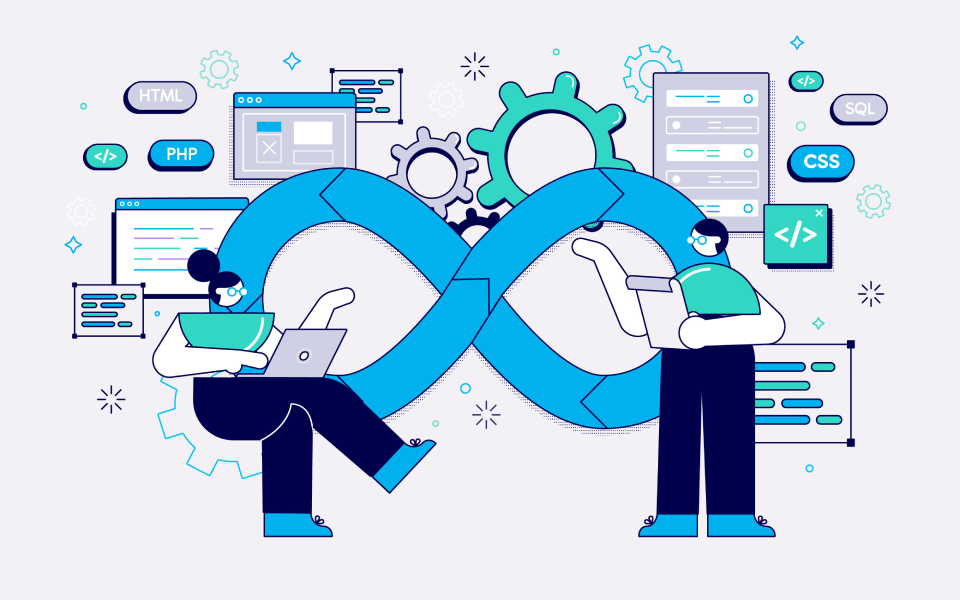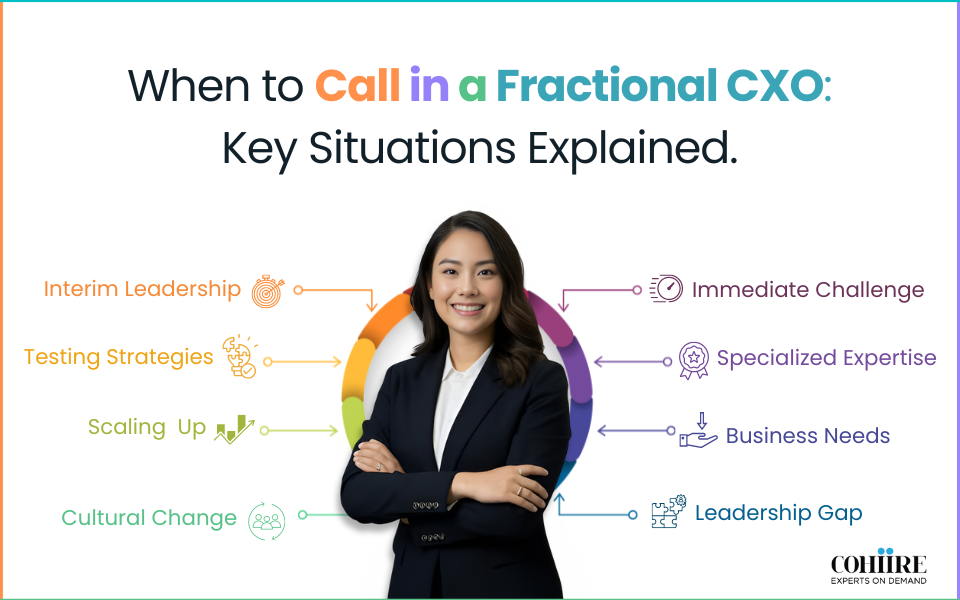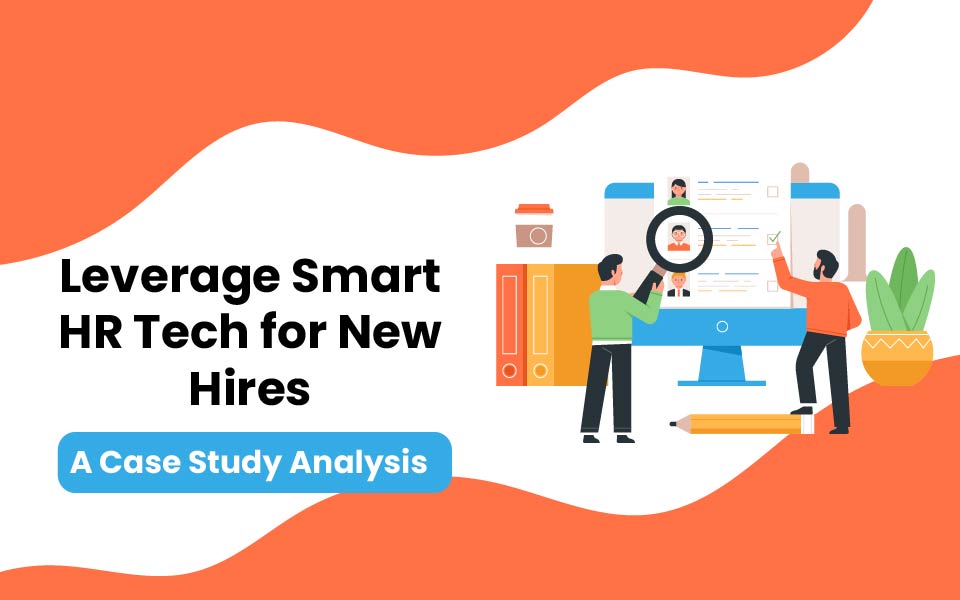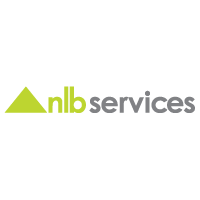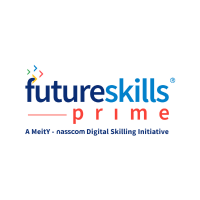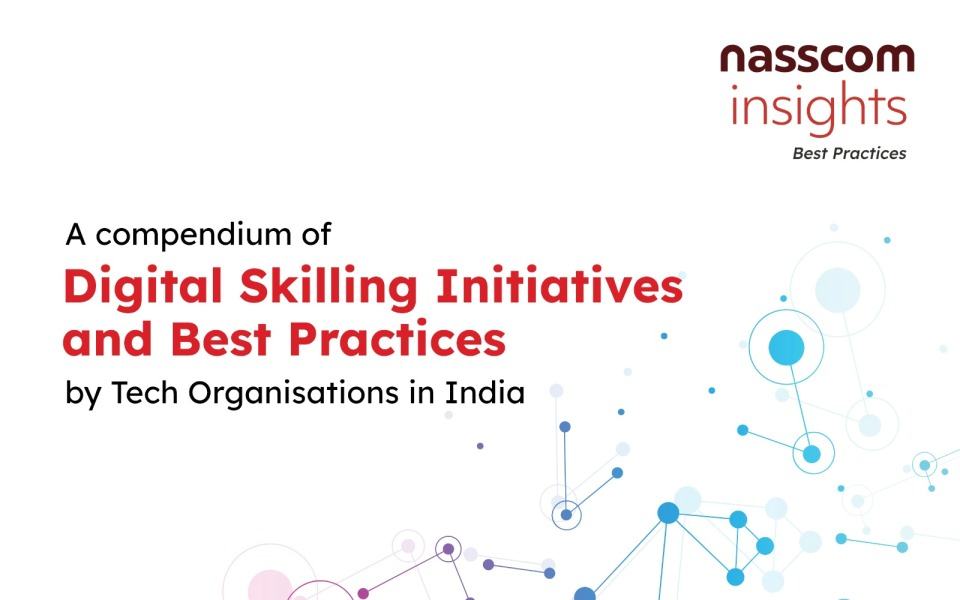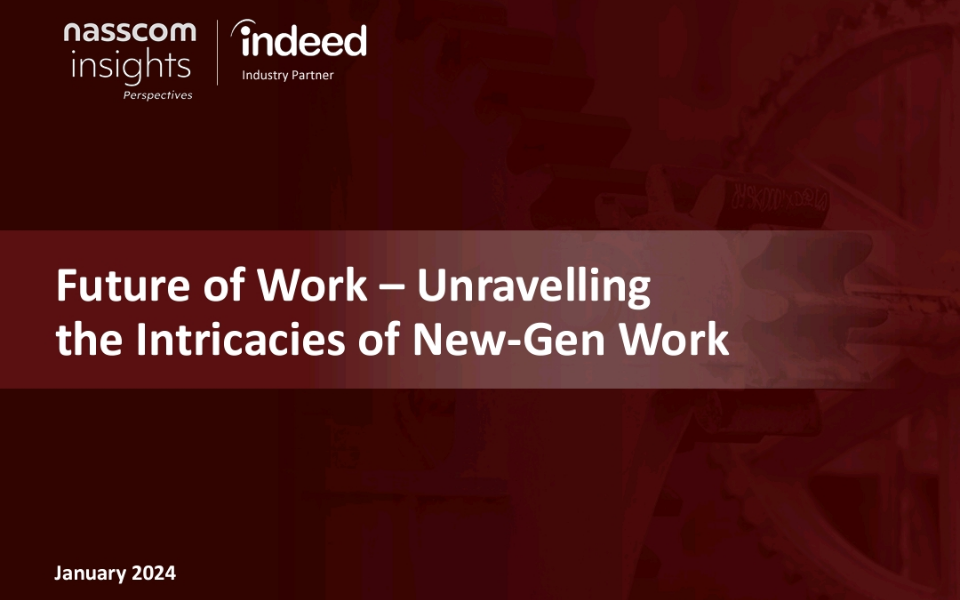By Neeru Mehta, VP, Human Resources, GlobalLogic India
With changing times, organizations have increased their focus towards the well-being and personal growth of their human capital. However, it still is a consistent challenge for every other brand to create an “employer of choice” image for themselves. The gap here is the lack of understanding towards the change in desires and aspirations of employees. The factors contributing to such changes include market competition, disruptive technologies, infinite employment opportunities and many more. Therefore, an organization should have a clear, targeted, and well defined talent strategy to achieve success. It should have fully developed and integrated talent activities aligned to the brand’s vision and mission.
The emerging focus towards the new era of Talent Management is a major step towards managing human capital. Talent Management is the ability and commitment of an organization to recruit, retain, and develop the most talented and superior employees available in the job market, taking into account widening skill gaps, demographic shifts and effect of several generations present in the market today.
The big question every organization is asking today is – how to create a well-defined talent strategy? Listed below are some of the important elements that can provide us the roadmap for effective Talent Management:
- Strategic Talent Planning
Talent planning means understanding the organizational goals, competition and predicting the demand within the organization while being aware of the current environment. Organizations should be able to showcase their uniqueness to the prospective employees to make them employer of choice. The talent hunt should be done from multiple sources to get the right candidate on board. For instance, employee referrals are a good source as it creates an internal network within the organization with an intrinsic accountability of the employee hired with the employee who has referred him/her. After sourcing, screening and assessing candidates are the next steps forward. Also, introduction of standard tests and methods of assessing can help get better candidates rather than depending on hiring managers alone.
- Recruiting the best talent
“Hire hard…Manage easily!”- Collins, J. (2001). Good to great.
Building a great team is high on the priority list for nearly every company. Attracting right talent to your organization is a challenge that must be met head-on, in innovative ways. The key is to showcase “What’s in it for you? If you wish to be part of this organization.” This makes recruiting almost a marketing effort, and in truth, the best recruiting techniques have their roots in the most effective marketing tactics.
Beyond the traditional hiring process of multiple levels of screening through assessments and interviews which is inherent, some innovative ways to recruit the possible best talent in a job market that also favours the candidate become pertinent.
Social media profiles have become standard tools for researching and evaluating talent. Instead of looking only at candidates’ resumes, thoroughly vet them by looking at their LinkedIn, Twitter and other social media profiles, it tells a lot about the candidate. For an organization, it is important to market its compensation package beyond salary. Money is important, but it’s not the only thing to influence right talent. Flexible conditions and work hours, stimulating work environment which fosters innovation, makes work exciting offering a harmonious balance between work and life. The option of working remotely when reasonable to accommodate personal commitments, paid time off, sabbatical leave to pursue other interests, fitness benefits, granting participation in community-service/volunteer work, eco-friendly approach etc. attracts strong talent and goes a long way.
- Fair Performance Management System
An effective performance management system can play an imperative role in managing the performance of teams and individuals. It ensures that employees get the right feedback at the right time and that they are aligned with the organizational goals. When performance is fairly assessed, employees feel satisfied and they put their best efforts for driving growth.
- Learning and Development of the employees
In order to create an environment of sustainable growth, the learning and development strategy of the organization should aim to develop the workforce’s skills and competencies. The right training and development can greatly enhance employee engagement by nurturing talent and helping people to learn new things and improve their performance.
Learning and development is a continuous process as skills acquired today become obsolete tomorrow in this rapidly changing world. Hence, organizations should make this activity a continuous one and keep upgrading the content of the training material. With so many mixed age groups employed today, organizations must innovate the way employees can learn and the tools they can use to correctly match their preferences. Adopting mobile solutions makes learning more exciting and easy for the employees in today’s world where most of them have handheld devices. This also solves the problem of taking out time exclusively for this activity from the already busy schedule of the employee.
- Career Planning and Flexibility
For any successful organization, it is pertinent that employees’ personal goals are aligned with organization’s business objectives. This is what Career Planning aims to achieve. If an organization provides enough opportunities for an employee to grow and explore within the organization, then the employee might not want to pursue other avenues outside. If employee turnover needs to be reduced, organizations need to do good career planning for all employees.
In addition to Career Planning, flexibility at work is another important aspect that organizations need to consider in order to manage talent and reduce high employee turnover. This makes the employees feel valued.
- Compensation and Reward Management
In the contemporary world, rewards for better performance and success matter more than the actual achievement itself. This makes rewards constitute the extra budget that the organization is willing to pay employees for their good performance. The best compensation and reward management systems ensure that the organization pays employees well enough to keep them motivated to give their best to the organization.
Employees also look for parity in compensation when they work the same number of hours and have the same type of job roles and a similar level of work experience. The top talent in any organization has the skills that the other employees strive for and they desire to get paid for their contribution to the organization aptly. Hence, organizations should take special care to drive employee satisfaction, especially for the high performers to avoid high turnover rate.
However, while rewards are one way to motivate individuals and incentivize good performance, they are not the be all and end all that everyone likes to believe. Hence, a proper reward system in organizations aligned with the correct strategic fit between internal motivation and external rewards and only when they are in balance can organizations grow in a healthy manner.
- Succession Planning of all critical talent
According to SHR survey of 2003, 60% of the organizations do not have any succession planning of their critical talent. Succession Planning is the process of identifying the critical and top talent in the organization followed by the identification of the prospective talent that can replace the critical talent in case the latter quits the organization.
Succession Planning has lost its charm in the contemporary world as employees look at it as just another ‘plan’ which doesn’t have much significance as scenarios and conditions are really dynamic in organizations and as a result, plans keep changing. Hence, the focus should be to make it more of a succession development for all critical employees and make them realize that the organization is interested in developing their abilities continuously in order to take them from one level to the next. This keeps the employees motivated and highly engaged. Developing procedure manuals for essential tasks carried out by key positions including step-by-step guidelines and adequate preparation time yields desired results.
- Evaluation and Retention of talent
Organizations today employ several ways and tools to evaluate the longevity of the employee in the organization. With the average span of an employee is reducing to less than 5 years, employers need to constantly engage with their employees in order to find out their current level of engagement with the organization. This, in turn, determines, whether the organization is at high or low or medium risk of losing the employee to a competitor. Tools such as ERR (Employee Risk Reduction) and EWS (Early Warning System) are now used by various organizations to gauge the risk levels of losing employees.
What is required is a high level of trust and engagement between the immediate supervisor and the employee in order to understand the risk levels of losing an employee. There are examples where using such practices have helped the organizations to curtail attrition to figures below 15% which is a worthy IT industry standard.
In today’s dynamic and ever-evolving industry environment, for an organization to stay relevant and ahead of its competition, employers need to drive business ambitions keeping talent at its core. Talent management is not a choice anymore; it is a necessity!








